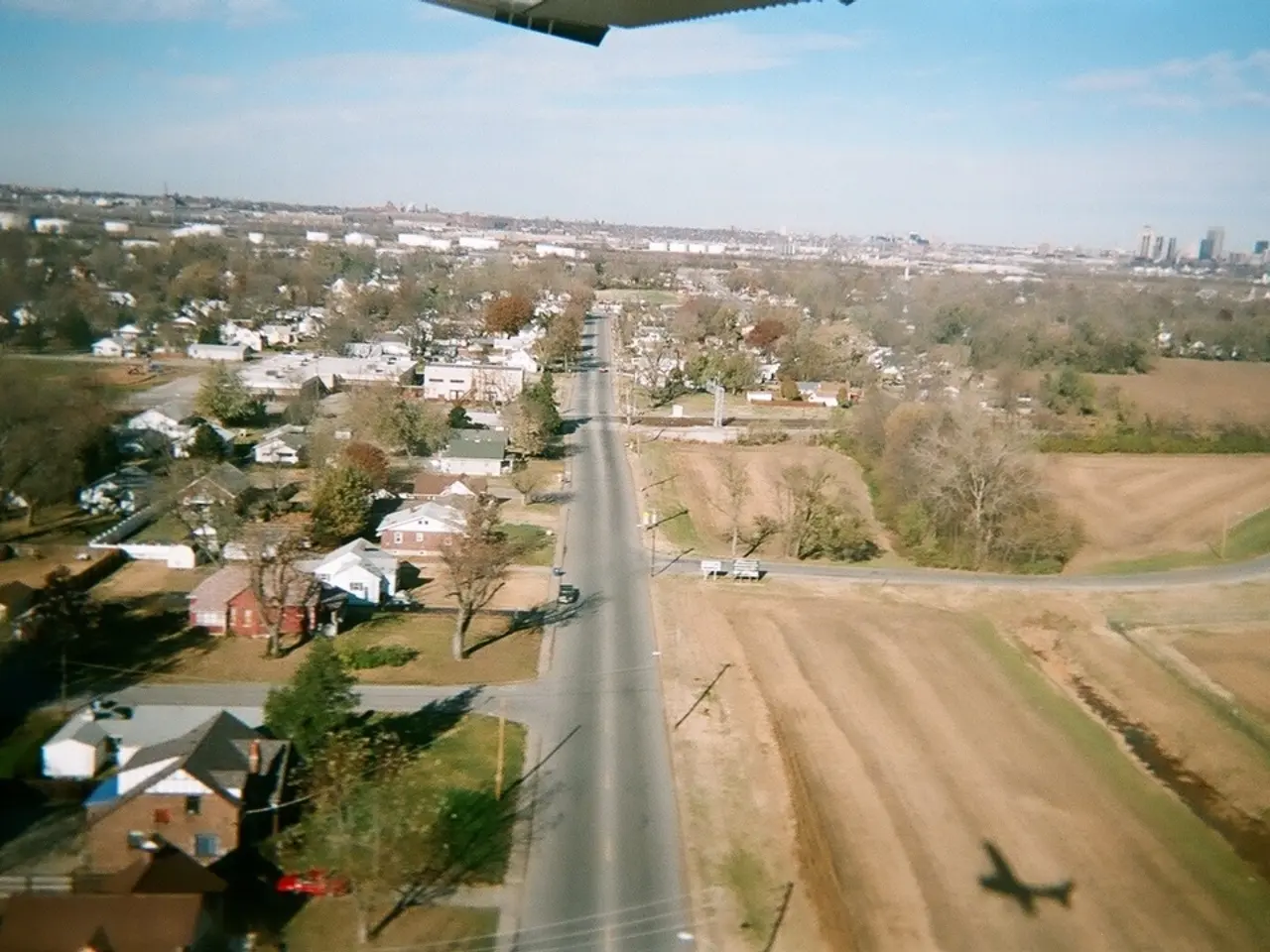Uncovering India's Secret Queer Past: Highlights of Pride Month 2025
Get the scoop on India's queer history, cultures, and traditions! This deep-rooted, multi-dimensional scene reflects centuries of gender fluidity, same-sex love, and trans identities tightly woven into the fabric of everyday life.
Exploring Temples and Mythology
Step into the rich tapestry of ancient temples like the Khajuraho in Madhya Pradesh, where intricate carvings depict a vibrant spectrum of sexuality, from same-sex affection to fluid erotica. Odisha's Konark Sun Temple offers similar stone reliefs, showcasing homoerotic themes. Trotting over to Chausath Yogini temples scattered across central India, you'll find a reverence for feminine power and non-conforming gender norms through the veneration of defiant goddesses. In the South, the annual Koovagam Festival in Tamil Nadu pays tribute to the Hijra community through its mythical celebration of the marriage of Aravan.
Divine Fluidity: Mythological Insights
Dive into India's mythological reservoir and discover divine gender fluidity like never before! Witness Ardhanarishvara, a combined deity of Shiva and Parvati, embodying a harmonious duality of masculine and feminine energies. Krishna's transformations, including the Mohini avatar, point to a shapeshifting gender that transcends rigid boundaries. Marvell at Mahabharata's Shikhandi, a born female raised male for destiny, who becomes an iconic trans warrior in history. Hindu bhakti saints like Andal and Akka Mahadevi defied gendered norms through their devotional verse, operated outside societal expectations.
Mughal Echoes
Hop into the Mughal era, where same-sex themes graced the pages of court poetry in Persian and Urdu verses, expressing male-male affection. Eunuchs played crucial roles and held high posts in shaping power dynamics, from the Mughal court to the harem. Towards the end of the era, Nawabs such as Wajid Ali Shah occasionally penned homoerotic poetry, and imperial harems and zanana spaces witnessed complex interplay of genders. Courtesan culture, especially among the tawaifs of Lucknow, pushed fluid gender performances by defying binary categorization.
Enduring Traditions: Hijras, Eunuchs, and Koi Koi
Hijra communities, essential figures in religious and Mughal courts, were once respected for their spiritual role in fertility rites but have since experienced criminalization under Victoria's laws. Today, they continue to perform ceremonies like births and weddings, imbuing culture with legitimacy. In Karnataka and Andhra Pradesh, Jogappa (trans males dedicated to Yellamma) and Devadasi traditions integrate gender variance with spiritual service. Keep an eye out for Baul singers of Bengal, traversing binary categories through their devotional songs celebrating divine love.
Modern Reclamations
Present-day India's queer activists are reclaiming maligned and appropriated queer quarters, unearthing places which were once part of a vibrant, gender-diverse society. By collaborating with queer historians, cultural institutions are reinterpreting texts and iconography. Elders practicing enduring customs have their oral histories archived, while LGBTQ+ activist groups host conferences emphasizing intersectional identities.
Sojourn through Queer Heritage Trails
Enter a rediscovery movement by embarking on queer heritage trails. Tour the Khajuraho Temples, explore Konark Sun Temple, attend the Koovagam Festival, or venture into Mughal-era Lucknow's poetry salons. Discover the spiritual music of Mehboob Khan's Baul villages and the rich history at play. Delve deeper with guided temple tours, folk gatherings, and archive visits that prioritize queer identity and intersectional themes.
Embrace a Colorful Past: India's Queer Legacy
In seeking queer history, you can't help but appreciate the brilliant amalgamation of culture, literature, art, and activism that paints the queer scene in India. Embark on this journey and experience the resilience, diversity, and beauty of a queer heritage that continues to blossom and evolve today!
Enrichment Data:
Understanding Queer History in India
- Temple and Mythology: India’s temples and mythologies reverberate with fluid representations of gender and same-sex relationships. Imagine diverse, non-binary deities like Ardhanarishvara and Krishna embodying gender variance universal to religious and cultural contexts.
- Literature: Timeless literary expressions like Mahabharata and Kathasaritsagara narrate tales both hetero and queer. Contemporary writers echo and reinterpret these stories while addressing contemporary queer identities and issues.
- Activism and Community History: Since the 1980s, community organizations such as Sneha Sangam and Trikone have fostered spaces for LGBTQ individuals, building essential groundwork for socio-political change. Milestones include the 2024 decriminalization of homosexuality.
- Historical Context and Colonial Impact: Colonial-era suppression of queer expressions offers context to the current queer movement in India, focusing on reclaiming pre-colonial cultural acceptance of gender fluidity.
In the realm of India's vibrant past, explore the stunning craftsmanship of temples such as Khajuraho and Konark Sun Temple, showcasing intricate carvings that reflect a vibrant spectrum of gender fluidity and same-sex relationships, extending to fashion and beauty through divine gender fluidity as seen in mythological figures like Ardhanarishvara and Krishna.
Embracing the Mughal era, delve into the pages of courtyard poetry filled with expressions of male-male affection, as well as the influential roles eunuchs held in the Mughal court. Additionally, modern reclamations of queer heritage are ongoing, with activists working tirelessly to uncover and reinterpret hidden aspects of India's queer history, making way for a vibrant future that celebrates and builds on this rich legacy.




